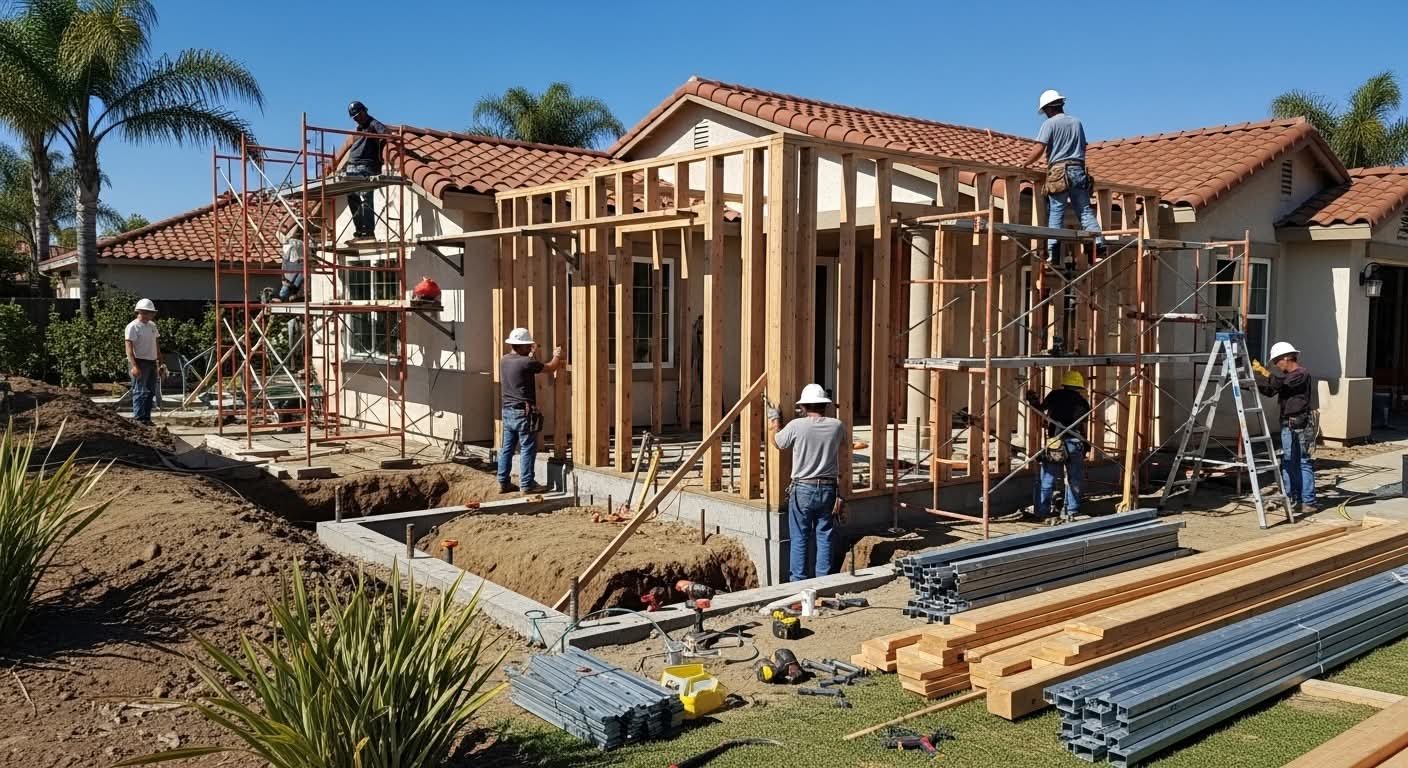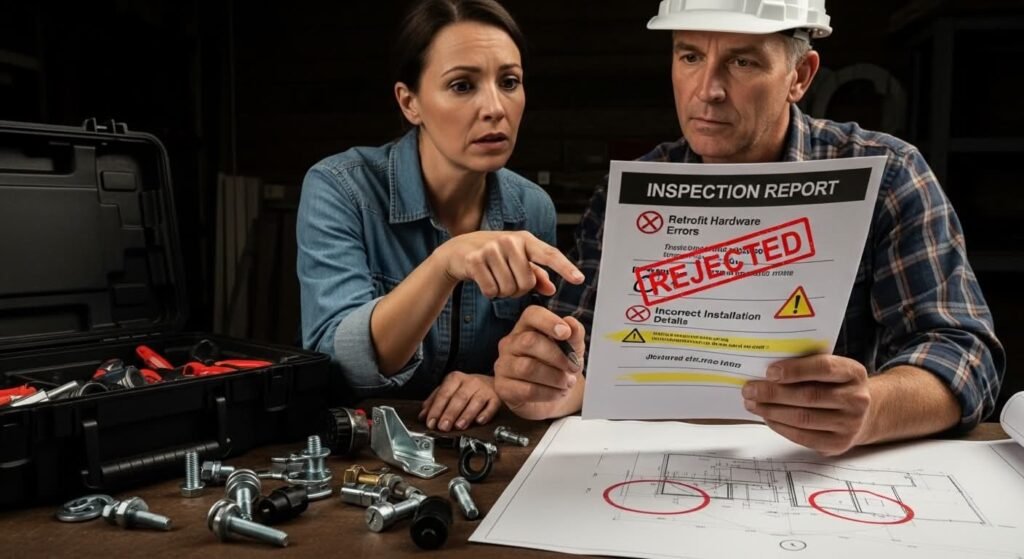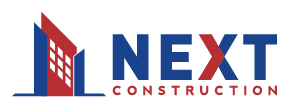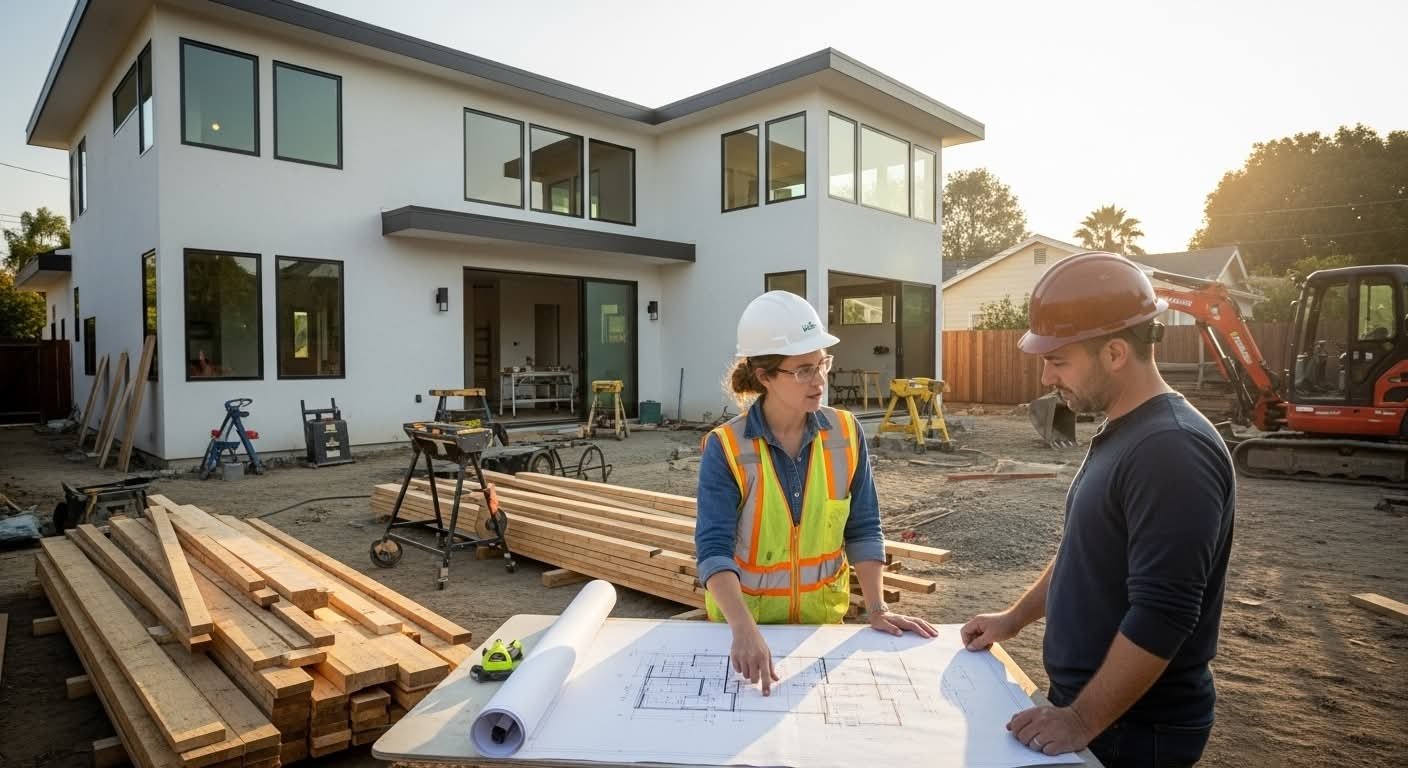
California Earthquake Retrofitting: Laws, Cost & Safety Essentials 2025
California’s 2025 seismic retrofit regulations mandate upgrades for pre-1980 buildings, boosting safety and property values amid rising earthquake risks. With market growth driven by stricter codes, this guide covers new laws, permit processes, costs, benefits, and pitfalls for compliant retrofitting.
New 2025 Legal Requirements & Permit Process
Key Mandates (per California Seismic Safety Commission & FEMA guidelines):
- Foundation anchoring for pre-1979 single-family homes
- Cripple wall bracing with engineered plans
- Seismic gas shutoff valves for gas-line properties
- Structural inspections for multi-unit buildings >3 stories
Required Documentation:
- Structural engineering report
- Approved retrofit plans
- C-5 framing license verification
- Property/utility surveys
- Earthquake insurance certificate
Permit Timeline (35-50 business days total):
- Application Review: 10-14 days
- Plan Check: 15-21 days
- Inspection Scheduling: 3-5 days post-completion
- Final Approval: 5-7 days
Expedited options available for certified contractors.

Cost Breakdown by Property Type
| Property Type | Basic Retrofit | Comprehensive Upgrade |
|---|---|---|
| Single-Family Home | $8,000–$15,000 (bolting, bracing) | $15,000–$35,000 (valves, reinforcements) |
| 2-4 Unit Building | $25,000–$75,000 (soft story, anchors) | N/A |
| Large Apartments | N/A | $150,000–$500,000+ (isolation, egress) |
| Small Commercial | $50,000–$200,000 (URM strengthening) | N/A |
| Large Commercial | N/A | $500,000–$2M+ (base isolation) |
Cost Factors:
- Building age/condition: +30-40% for pre-1940
- Soil type: Higher in soft soil areas
- Permits/location: +15-25% in historic/hillside zones
- Materials: Engineered options add 10-20%
Real-World Benefits
- Damage Reduction (2019 Ridgecrest data): 90% less foundation damage; 75% overall reduction; $45,000 avg. repair savings
- Insurance Discounts: 15-35% off premiums (e.g., State Farm 20%, GeoVera 35%)
- Property Value: +8-12% resale premium; 15-20 days faster sales
Common Mistakes & Solutions
- Documentation Errors: Use licensed seismic engineers; hire permit-experienced contractors
- Material Issues: Opt for Simpson Strong-Tie hardware; ensure epoxy anchors
- Contractor Problems: Verify C-5 license & $1M+ insurance with seismic endorsements
- Permit Delays: Use pre-approved plans; schedule pre-inspections

Case Studies
- Ridgecrest 2019 Comparison: Retrofitted home sustained minimal damage vs. $100K+ repairs on non-retrofitted neighbor
- San Francisco Multi-Family: $50K retrofit prevented collapse in simulated quake, yielding 25% insurance savings
FAQs
Cost Range?
$8K–$35K for homes; $25K–$2M+ for multi/commercial
Contractor Certs?
Minimum C-5 framing; seismic training preferred
Permit Time?
35-50 days; expedited for pros
Reliable Contractors?
C-5 licensed with FEMA experience & local ties
Value Boost?
Yes, +8-12% resale; faster sales
Insurance Perks?
15-35% discounts post-retrofit





